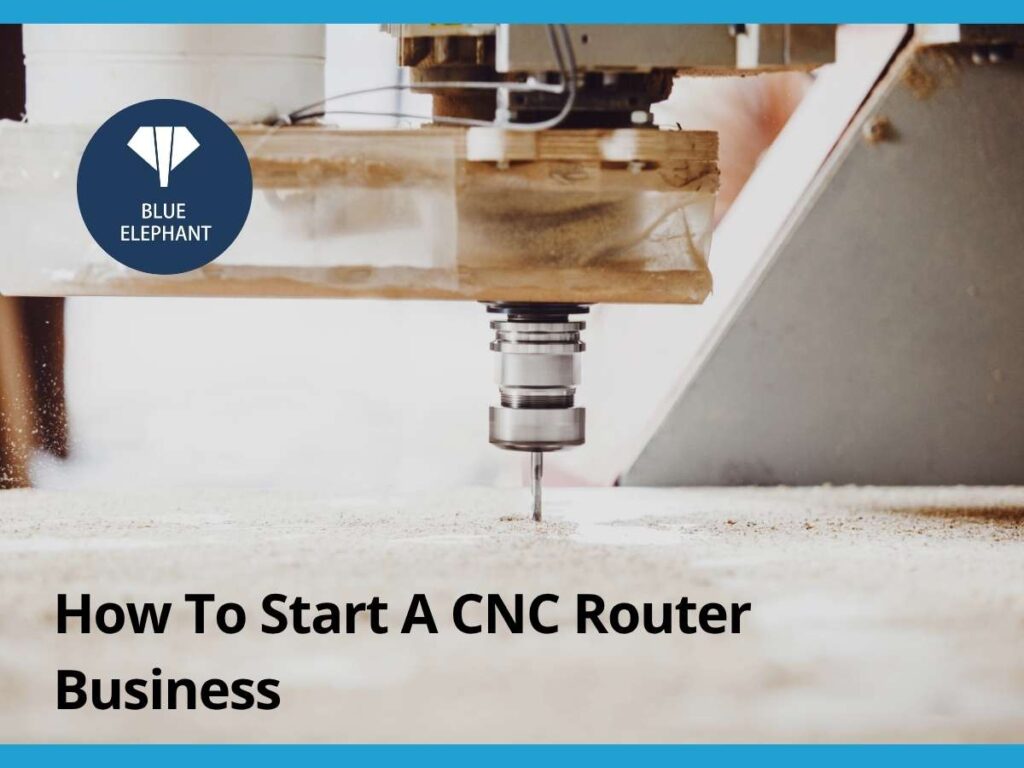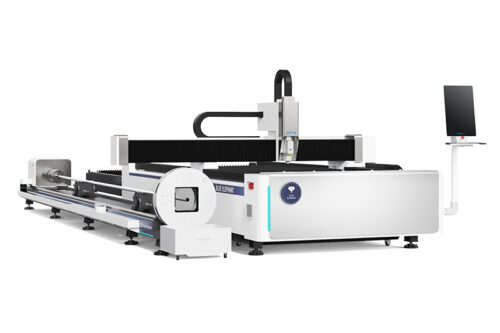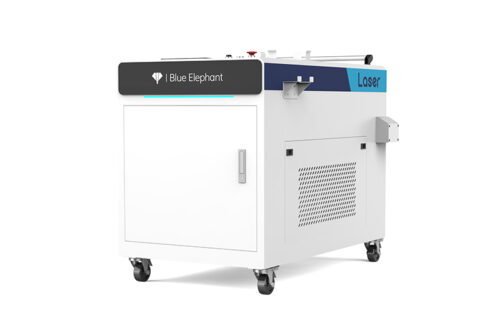Quitting my job to start a CNC router business was terrifying. I had no steady income, no roadmap, and no idea if I would succeed.
But I also knew this—working for someone else wasn’t the future I wanted. I wanted to build something of my own. Something that could give me freedom, stability, and the satisfaction of creating with my own hands.
If you’re thinking about starting a CNC business, you probably have the same questions I did. How do I find customers? What machine should I buy? How much will it cost?
I won’t lie—there were challenges. I made costly mistakes, spent money on things I didn’t need, and wasted time figuring out things the hard way. But I also learned what works. I found a process that turned my CNC router from an expensive tool into a real business.
That’s what this guide is about. I’ll walk you through every step—choosing the right machine up to finding customers.
By the end, you’ll know exactly how to start, what to expect, and how to avoid the mistakes that cost me time and money.
So let’s get started!
Quick Guide
Need a quick snapshot of how to start your CNC router business? This step-by-step table highlights the key actions you can follow.
| Step and Title | Key Actions |
| Step #1 – Market Research & Business Plan | Identify ideal customers, study competitors, define services, list startup costs, and set clear pricing and revenue goals. |
| Step #2 – Choose the Right CNC Router | Match router type to workload, consider budget, check material compatibility, and plan for long-term scalability. |
| Step #3 – Secure a Workspace | Choose between home or commercial space, install ventilation, set up dust collection, and ensure proper electrical supply. |
| Step #4 – Purchase Tools & Software | Buy cutting bits, clamps, spoilboards, select CAD/CAM software, and confirm machine-software compatibility. |
| Step #5 – Register Your Business | Choose a business structure, apply for an EIN, check local licenses, and review zoning and safety regulations. |
| Step #6 – Develop Pricing & Services | Calculate material, machine, and labor costs; set competitive pricing; offer custom, bulk, or prototyping services. |
| Step #7 – Hire and Train Employees | Identify roles, train on CNC safety and operations, and prioritize quality control and team communication. |
| Step #8 – Build Online Presence & Market | Create a website, use social media, run local ads, partner with shops, and attend trade shows to build client base. |
Now that you have the quick knowledge, let’s move into the detailed breakdown of each step to help you get started with confidence.
Step#1 Market Research and Business Plan
Starting my CNC router business felt overwhelming at first. I knew I had the skills, but I had no idea where to find customers or how much to charge. I wasted time guessing instead of planning. If I could go back, I’d start with these steps.
Find the Right Customers
Not everyone needs CNC services. You need to find the businesses that do.
- Make a List: Think about who actually buys CNC work. Machine dealers, repair shops, furniture makers, and sign shops are common buyers.
- Talk to Them: I started by asking local businesses, “What CNC work do you need?” Some needed custom parts. Others wanted bulk orders. These conversations gave me direction.
- Decide What You Want to Make: Do you prefer custom, one-off pieces or steady bulk orders? Bulk means lower prices but repeat business. Custom work pays more but takes longer.
Study Your Competitors
When I started, I assumed people would just find me. That was a mistake. You need to understand who else is out there.
- Search Online and Locally: Look up CNC businesses in your area. What do they make? What are their prices?
- Analyze Their Weaknesses: Are they slow with orders? Do they only offer standard sizes? Find a gap you can fill.
- Follow Industry Trends: Some industries want mass production. Others pay more for custom designs. Keeping up with trends helps you stay ahead.
I realized I couldn’t compete with big companies on price. Instead, I focused on high-detail work that they didn’t offer. That decision changed everything.
Write a Simple Business Plan
At first, I skipped this step. Big mistake. Without a plan, I underpriced my work and didn’t track my costs.
- List Your Startup Costs: Machine, tools, software, workspace, and materials. It adds up fast.
- Decide Your Pricing: Materials, machine time, labor, and profit. If you guess, you’ll lose money.
- Set Revenue Goals: How much do you need to make per month? Break it into realistic sales targets.
- Plan How Customers Will Find You: Word-of-mouth is great, but don’t rely on it. Will you advertise online? Partner with local businesses?
Having a plan makes everything clearer. If I had done this sooner, I would have saved months of trial and error.

Step#2 Choose the Right CNC Router
Once you know your target market and have a business plan, it’s time to choose your machine. This is one of the biggest investments you’ll make. Pick the wrong one, and you’ll waste money. Pick the right one, and you’ll set yourself up for success.
Understand CNC Router Types
Not all CNC routers are the same. The type you choose depends on what you plan to make.
- Hobby-Grade Routers: Small, affordable, and good for light work like engraving and sign-making.
- Mid-Range Routers: Stronger motors and larger work areas. Good for furniture, cabinetry, and prototyping.
- Industrial Routers: Built for high production. Faster speeds, stronger materials, and long-term durability.
Think about your customers. Are you cutting small custom pieces or mass-producing parts? Your choice matters.
Match Your Machine to Your Business Needs
I bought my first CNC router without thinking long-term. It worked, but I quickly outgrew it. Upgrading later costs more. Plan ahead.
- Budget: How much can you invest upfront? A higher price often means better durability.
- Work Area Size: Will you cut small detailed pieces or large panels?
- Material Compatibility: Some machines handle only wood, while others cut plastic, aluminum, and composites.
Look at Power, Speed, and Cutting Capacity
Speed and power affect your production time and material options.
- Spindle Power: Higher wattage means deeper, faster cuts.
- Speed: Faster travel speed increases production efficiency.
- Tool Changing System: Automatic tool changers save time on complex jobs.
Choosing a CNC router is a big decision. What do you plan to make? Pick a machine that fits both your current needs and future growth.
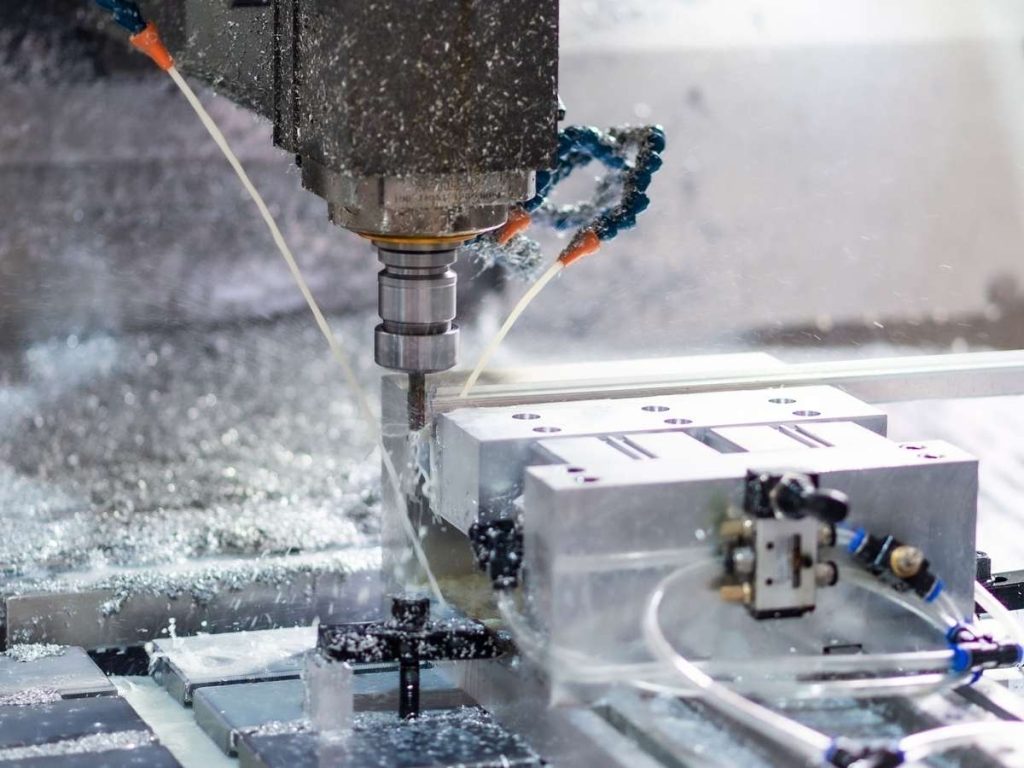
Step#3 Secure a Workspace
After choosing the right CNC router, you need a proper workspace for your business. Your machine takes up space, makes noise, and produces dust. Where you set up matters.
Home Workshop vs. Commercial Space
I started in my garage. It worked for small projects, but as orders increased, space became a problem.
- Home Workshop: If you have a garage, basement, or shed, this can save money. But check if noise and dust will be an issue.
- Commercial Space: If you plan to scale fast, renting a workshop might be better. You’ll get more space and a professional setup.
Think about your long-term business plans. Will your current space handle growth?
Keep Your Workspace Safe
CNC routers generate dust, heat, and noise. A poorly ventilated space can be dangerous.
- Ventilation: Open windows aren’t enough. A proper exhaust fan or air filtration system keeps the air clean.
- Fire Safety: Wood dust is flammable. Keep a fire extinguisher nearby.
- Noise Control: CNC routers are loud. If working from home, soundproofing helps reduce noise complaints.
Set Up Power and Dust Collection
Your CNC router needs reliable power. Dust collection is just as important.
- Electrical Setup: Check if your machine requires 110V or 220V. Some industrial routers need dedicated circuits.
- Dust Collection: Fine dust can clog machines and harm your lungs. A shop vacuum works for small setups. Larger workshops need dust extractors.
A well-planned workspace makes CNC work smoother. Where will you set up your shop? Make sure it fits both your machine and your business goals.
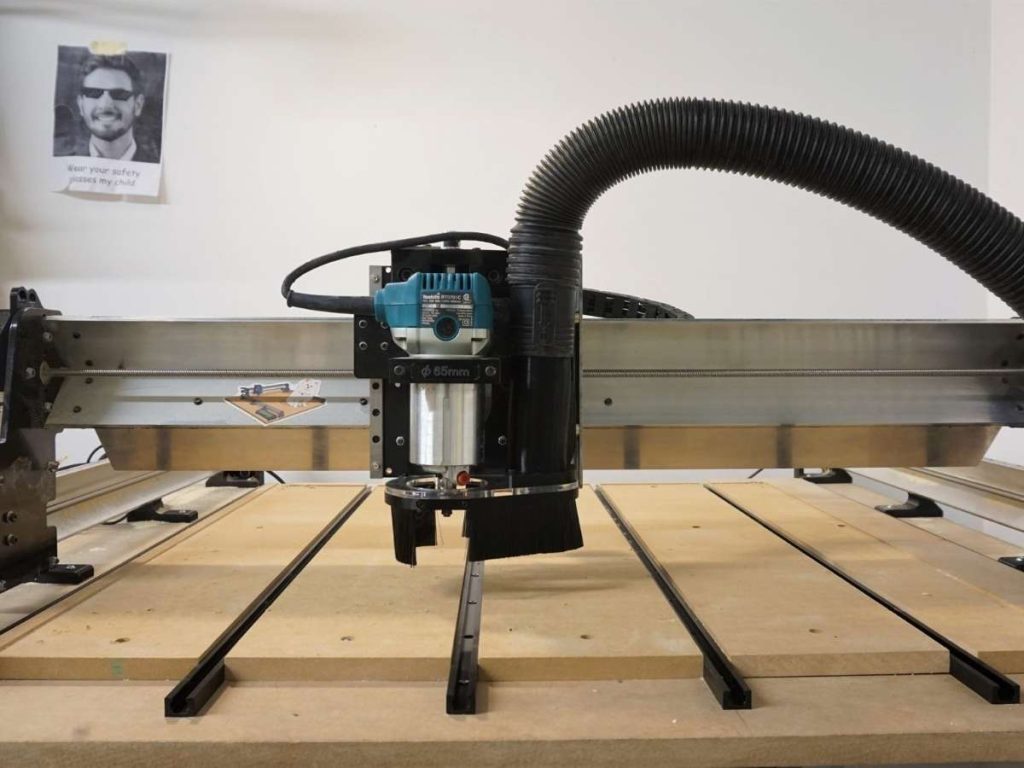
Step#4 Purchase Essential Tools and Software
With your CNC router and workspace ready, it’s time to get the right tools and software. The right setup makes your work faster, more precise, and more efficient. I learned this the hard way—buying cheap tools cost me time and frustration.
Invest in Cutting Tools and Workholding Devices
Your CNC router is only as good as the tools you use with it.
- Cutting Bits: Different materials need different bits. Start with a variety—end of end mills, V-bits, and ball nose bits.
- Clamps and Hold-Downs: Workpieces can shift during cutting. Use clamps, vacuum tables, or double-sided tape to keep them secure.
- Spoilboard: A waste board protects your table from accidental cuts. Replace it when worn.
I skipped quality clamps at first and ruined a few pieces because they moved mid-cut. Don’t make the same mistake.
Choose the Right CAD/CAM Software
CNC machines need software to function. You’ll need two types:
- CAD (Computer-Aided Design): Used to create digital designs. Popular options include Fusion 360, VCarve, and AutoCAD.
- CAM (Computer-Aided Manufacturing): Converts designs into machine-readable code. Some CAD programs include CAM, but others require separate software.
Check Software Compatibility
Not all software works with every CNC machine. Before buying:
- Check Your CNC’s Requirements: Some machines use proprietary software. Others work with industry-standard G-code.
- Look for Post-Processors: CAM software needs the correct file format for your machine. Verify this before purchasing.
- Consider Learning Curve: Some software is easier for beginners. Test free trials before committing.
Good tools and software improve precision and workflow. Choose wisely—it. It affects your entire production process.
At Blue Elephant, our machines are compatible with most CAD/CAM software, and we assist with setup.
Step#5 Register Your Business and Get Permits
Now that your CNC setup is ready, it’s time to make your business official. Without proper registration and permits, you could face fines or legal trouble. I put off this step at first, thinking I’d handle it later. That was a mistake. Do it early, and you’ll avoid stress down the road.
Choose a Business Structure
Your business structure affects taxes, liability, and paperwork. The right choice depends on your long-term goals.
- Sole Proprietorship: Simple to set up, but you’re personally responsible for debts. Best for small, low-risk businesses.
- LLC (Limited Liability Company): Protects personal assets if your business is sued. A good choice for growing businesses.
- Corporation: More complex, but ideal for large operations or businesses seeking investors.
I started as a sole proprietor, but as my business grew, I switched to an LLC for liability protection. Think about where your business is headed.
Get a Tax ID and Business License
Most CNC businesses need:
- Employer Identification Number (EIN): Required for taxes and hiring employees. Apply through the IRS website.
- Business License: Some cities require a license to operate legally. Check local regulations.
- Sales Tax Permit: Needed if you sell products directly to customers.
Skipping this step can lead to penalties. A quick call to your local business office will clarify what’s required.
Follow Local Regulations and Safety Laws
Some areas have zoning rules for CNC shops. Noise, ventilation, and fire codes may apply. Before setting up, ask:
- Is CNC machining allowed in my location?
- Do I need specific safety equipment?
- Are there limits on noise levels?
Getting legal matters sorted early keeps your business running smoothly. Have you checked what permits and licenses you need? If not, now’s the time.

Step#6 Develop a Pricing Strategy and Service Offerings
With your business set up, it’s time to figure out what you’ll offer and how much to charge. Pricing is tricky. Charge too little, and you lose money. Charge too much, and customers go elsewhere. I made both mistakes early on. Here’s what I learned.
Calculate Production Costs and Set Competitive Prices
Before setting prices, you need to know your costs.
- Material Costs: Wood, plastic, metal, and any other supplies.
- Machine Time: Electricity usage and wear on your CNC router.
- Labor Costs: Even if you work alone, your time has value.
- Profit Margin: Add a percentage to make sure your business grows.
Look at competitors. What are they charging for similar work? Stay competitive but don’t undervalue your skills.
Offer a Variety of CNC Services
Different customers have different needs. Offering multiple services increases your earning potential.
- Custom CNC Work: One-off designs for businesses or individuals.
- Prototyping: Small-batch production for product developers.
- Bulk Orders: Large-scale jobs for manufacturers and wholesalers.
I started with custom jobs, then moved into bulk work for steady income. What fits your business best?
Provide Value-Added Services
Extra services can make your business stand out. Consider offering:
- Finishing: Sanding, painting, or sealing for ready-to-use products.
- Assembly: Pre-assembled parts for customers who need finished products.
- Design Assistance: Helping clients refine their CNC designs.
A solid pricing strategy keeps your business profitable. How will you balance cost, value, and demand? Finding the right mix takes time, but it’s worth it.
Step#7 Hire and Train Employees
As your CNC business grows, you won’t be able to do everything yourself. I tried at first, but between running machines, handling orders, and talking to customers, I burned out fast. The right team makes a huge difference.
Identify the Skills You Need
Not all CNC jobs require the same skills. Before hiring, decide what roles you need.
- CNC Machine Operators: Run the machines, change tools, and monitor cuts.
- Designers: Create CAD files and prepare projects for cutting.
- Customer Support and Sales: Handle orders, answer questions, and build client relationships.
If you’re just starting, you may only need one extra set of hands. But plan for future growth.
Train Employees on CNC Operation and Safety
CNC routers are powerful tools. Mistakes can be costly—or dangerous.
- Teach Proper Machine Use: Show how to load materials, change bits, and adjust settings.
- Go Over Safety Procedures: Emphasize eye protection, dust collection, and emergency stops.
- Encourage Quality Control: Mistakes waste time and materials. Every cut needs to be checked.
A well-trained team works faster and produces better results.
Build a Team That Supports Growth
The right people help your business succeed. Look for employees who:
- Have Experience or Willingness to Learn: A mix of both is ideal.
- Are Detail-Oriented: CNC work requires precision.
- Can Communicate Well: Good teamwork reduces mistakes.
Hiring can feel overwhelming, but you don’t have to do it all at once. Who will be your first hire? Start small and grow from there.

Step#8 Build an Online Presence and Market Your Business
You can have the best CNC shop in town, but if no one knows about it, you won’t get orders. Marketing felt overwhelming when I started. I thought customers would just come to me. They didn’t. You have to put yourself out there.
Create a Website to Showcase Your Work
A website makes your business look professional. It also helps customers find you.
- Portfolio Page: Show pictures of past projects. Businesses want proof of your work.
- Services Page: List what you offer—custom CNC work, prototyping, bulk orders.
- Contact Page: Make it easy for potential customers to reach you.
I built my first website with free tools. It wasn’t fancy, but it worked. Start simple.
Use Social Media and Online Ads
Businesses search online for CNC services. Meet them where they are.
- LinkedIn: Connect with manufacturers, machine dealers, and suppliers.
- Facebook & Instagram: Share project photos and behind-the-scenes videos.
- Google Ads: Target local businesses looking for CNC work.
Network and Build Partnerships
The best customers often come through referrals.
- Join Industry Groups: CNC forums and manufacturing networks help you meet potential clients.
- Partner with Local Shops: Woodworkers, metal fabricators, and sign makers often need CNC services.
- Attend Trade Shows: These events put you in front of serious buyers.
Marketing isn’t just about selling. It’s about building relationships. Who do you know that might need CNC work? Start reaching out today.
Conclusion
Starting a CNC router business isn’t easy, but it’s possible. You now have a step-by-step guide—from market research to marketing your services. The path is clear.
I remember how uncertain I felt in the beginning. But taking that first step changed everything. Now it’s your turn.
The only way to succeed is to start. Don’t wait for the perfect moment. It won’t come.
Need help? Contact Blue Elephant today and let’s build something unique together.
Explore Related Resources
If you’re looking for more insights, we’ve put together a list of helpful articles that you might enjoy:
Still haven’t found what you’re looking for? Don’t hesitate to contact us. We’re available around the clock to assist you.


